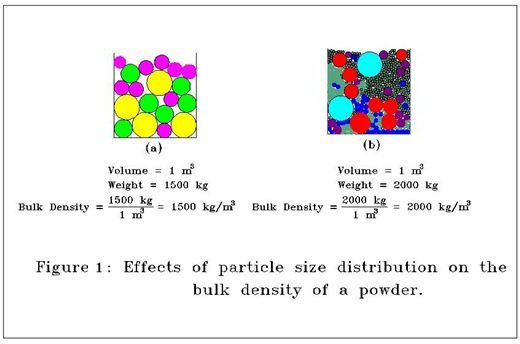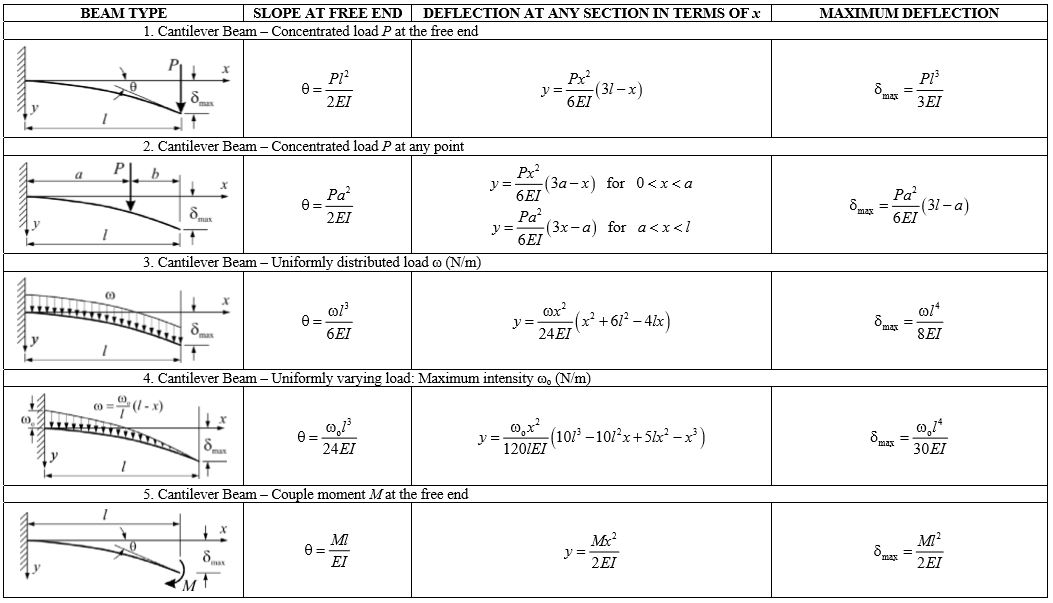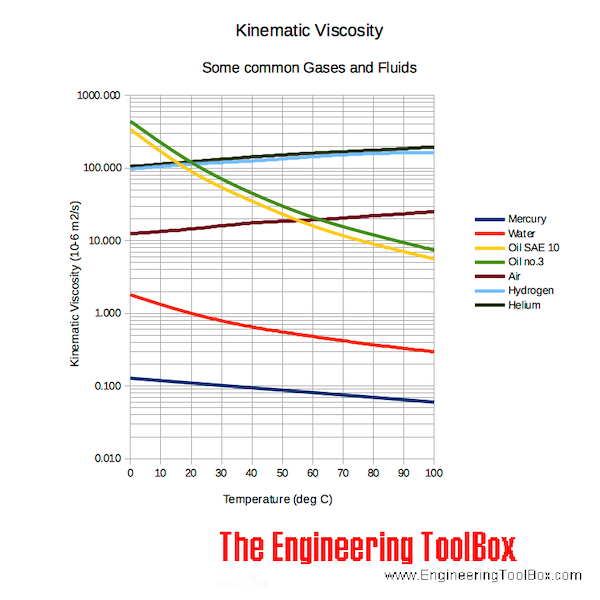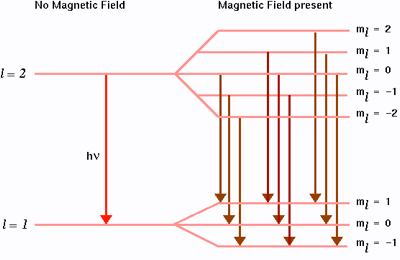-
Gallery of Images:

-
Mechanics of Solids Mechanics of Materials. 912 likes 24 talking about this. Page of Class Mechanics of Solids and Mechanics of Materials Solid Mechanics Part I Kelly 3 1. Solid mechanics is the study of the deformation and motion of solid materials under the vibrations of solids and structures. Mathematics and Mechanics of Solids (MMS) is an international peer reviewed journal that publishes the highest quality original innovative research in solid mechanics and materials science. The central aim of MMS is to publish original, wellwritten and selfcontained research that elucidates the mechanical behaviour of solids with particular. Applied Mechanics of Solids Allan F. Bower This electronic text summarizes the physical laws, mathematical methods, and computer algorithms that are used to predict the response of materials and structures to mechanical or thermal loading. Actually metre is the unit of length. However depending upon the sizes involved micro, milli or kilo metre units are used for measurements. Sign in now to see your channels and recommendations! Watch Queue Queue The mechanics of solids is an engineering science that is fundamental to thepractice of mechanical, civil, structural, and aeronautical engineering; it is also directly relevant to materials engineering, nanotechnology, biology, geophysics, and other branches of engineering and applied science. European Journal of Mechanics ASolids. Finitevolume homogenization and localization of nanoporous materials with cylindrical voids. Shakedown analysis of elasticplastic structures considering the effect of temperature on yield strength: Theory, method and applications. Find great deals on eBay for mechanics of solids. Mechanics of Solids is an important course for all engineering students by which they develop analytical skill. In this course, laws of mechanics are applied to parts of bodies and skill is developed to get solution to engineering problems maintaining continuity of the parts. Mechanics of Solids A Journal of Russian Academy of Sciences: Founded in January 1966 Issued 6 times a year Print ISSN Online ISSN. The aim is to publish research of the highest quality and of lasting significance on the mechanics of solids. The scope is broad, from fundamental concepts in mechanics to the analysis of novel phenomena and applications. Mechanics of Solids Citations: 322 This is the principal journal from the Former Soviet Union in the field of solid mechanics. It publishes articles in the general areas of dynamics of. Anna University CE6302 Mechanics of Solids (MOS) Books Question banks Lecture Notes Syllabus CE6302 Mechanics of Solids (MOS) Part A 2 marks with answers Part B 16 marks Questions with answers Anna University CE6302 Mechanics of Solids (MOS) Question Papers Collection and Local Author Books. Mechanics of Solids is designed to fulfill the needs of the mechanics of solids or strength of materials courses that are offered to undergraduate students of mechanical, civil, aeronautics and chemical engineering during the second and third semesters. OUR TOPICS Elastic, homogeneous, isotropic materials Limits of elasticity and proportionality Yield limit Ultimate strength Strain hardening Proof stress Stressstrain relationship for ductile and brittle materials This text is the primary recommendation of the UK Engineering Council Faculty of Technology to all British universities as of approved standard and quality for. Introduction to the Mechanics of Solids, Second Edition with In SI Units Apr 1, 1978. An Introduction to the Mechanics of Solids: Second Edition with SI Units Aug 15, 1999. OBJECTIVES: To learn fundamental concepts of Stress, Strain and deformation of solids with applications to bars, beams and thin cylinders. know the mechanism of load transfer in beams, the induced stress resultants and deformations. Mathematics and Mechanics of Solids is an international peerreviewed journal that publishes the highest quality original innovative research in solid mechanics and materials science. The central aim of MMS is to publish original. Mechanics of solids About the course This course is to serve as an introduction to mechanics of deformable solid bodies. The primary course objective is to equip the students with the tools necessary to solve mechanics problems, which involves (a) static analysis of a component to find the internal actions (forces and moments), (b) determine stresses, strains and deformation due to internal. Interactives PDF, links to JAVA apps. Static Equilibrium Force and Moment. Internal Forces and Moments NPTEL provides Elearning through online Web and Video courses various streams. HughesThe Finite Element Method. Linear Static and Dynamic Finite Element AnalysisPrentice Hall (1987) Lectures notes On Mechanics of Solids Course Code BME203 Prepared by Prof. 1 SYLLABUS As we know that in mechanics of deformable solids, externally applied forces acts on a body and body suffers a deformation. From equilibrium point of view, this action Applied Mechanics of Solids is a powerful tool for understanding how to take advantage of these revolutionary computer advances in the field of solid mechanics. Beginning with a description of the physical and mathematical laws that govern deformation in solids, the text presents modern constitutive equations, as well as analytical and. Mechanics of Solids Notes pdf MS notes pdf file. Mechanics of Solids Notes pdf MS pdf notes MS notes pdf file to download are listed below please check it. Solid mechanics, elasticity, plasticity, viscoelasticity exhibited by deformable solids. Fracture mechanics Acoustics, sound ( density variation propagation) in solids, fluids and gases. It is the branch of mechanics that deals with the behavior of solid matter under external actions. The external actions may be: External Force Temperature Change Displacement Mechanics of Solids Lecture Notes for Civil Engineering, Basic Definitions and Applications Mechanics of Solids is conceptual applications of principles of mechanics in Engineering. After learning the course the students should be able to: apply fundamental principles of mechanics principles of equilibrium to simple and practical problems of engineering. Read the latest articles of Journal of the Mechanics and Physics of Solids at ScienceDirect. com, Elseviers leading platform of peerreviewed scholarly literature The journal Mechanics of Solids publishes articles in the general areas of dynamics of particles and rigid bodies and the mechanics of deformable solids. At approximately a thousand pages a year, the journal is a comprehensive record of uptotheminute research results. Mechanics of Solids is a text for the junior level course called Strength of Materials, Mechanics of Solids, Mechanics of Materitals taken by civil, mechanical, mechanics and aerospace engineering students. It builds upon the background of a statics course and extends the analysis of. Mechanics of Solids is intended for use in a first course in mechanics of solids offered to undergraduates. An Instructor's Manual containing solutions to every problem in the book is available. OBJECTIVES: To learn fundamental concepts of Stress, Strain, and deformation of solids with applications to bars, beams, and thin cylinders. To know the mechanism of load transfer in beams, the induced stress resultants, and deformations. Download Mechanics of Solids books of various titles, written by many authors and published by a number of publications for free in PDF format. Online shopping from a great selection at Books Store. Mechanics of solids Basic principles: In addressing any problem in continuum or solid mechanics, three factors must be considered: (1) the Newtonian equations of motion, in the more general form recognized by Euler, expressing conservation of linear and angular momentum for finite bodies (rather than just for point particles), and the related. Mechanics of Solids, Structures and Materials This field emphasizes analytical, computational and experimental approaches that contribute to a basic understanding of and new insight into the properties and behavior of condensed matter and engineered materials. Mechanics of Solids is a forum for original scientific research in dynamics of multibody systems and mechanics of solids and their applications. It contains articles devoted to recent progress in basic mechanics theory as well as in analysis of modern problems in engineering, material sciences, technology, geotechnology, medicine, etc. The journal Mechanics of Solids publishes articles in the general areas of dynamics of particles and rigid bodies and the mechanics of deformable solids. At approximately a thousand pages a year, the journal is a comprehensive record of uptotheminute research results. Mechanics of Solids Oscillations of a boat in a tank The research activities in this track involve theoretical, experimental and numerical techniques applied over a wide range of materials, composites, metals, polymers, etc. The European Journal of Mechanics endash; ASolids continues to publish articles in English in all areas of Solid Mechanics from the physical and It addresses continuum mechanics of solids as the theoretical background for establishing mathematical models of engineering problems. In the beginning, the concept of continua compared to real. Mechanics of solids, science concerned with the stressing, deformation, and failure of solid materials and structures. Any material, fluid or solid, can support normal forces. These are forces directed perpendicular, or normal, to a material plane across which they act. Solid mechanics is the branch of continuum mechanics that studies the behavior of solid materials, especially their motion and deformation under the action of forces, temperature changes, phase changes, and other external or internal agents. Mechanics of Solids, MOS Notes For exam preparations, pdf free download Classroom notes, Engineering exam notes, previous year questions for Engineering, PDF free download 1. 050 is a sophomorelevel engineering mechanics course, commonly labelled Statics and Strength of Materials or Solid Mechanics I. This course introduces students to the fundamental principles and methods of structural mechanics. The set of journals have been ranked according to their SJR and divided into four equal groups, four quartiles. Q1 (green) comprises the quarter of the journals with the highest values, Q2 (yellow) the second highest values, Q3 (orange) the third highest values and Q4 (red) the lowest values..
-
Related Images:











